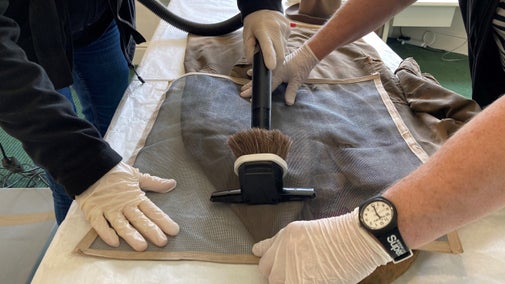
Donate
Everyone needs nature, now more than ever. Donate today and you could help people and nature to thrive at the places we care for.

Most National Trust properties inspire thoughts of historic mansions, wealth and grandeur. However, tucked away in a Worksop cul-de-sac, at 7 Blyth Grove, you’ll find Mr Straw’s House; the National Trust’s first small domestic property, acquired in 1990.
To understand how this apparently normal red-brick Edwardian house became one of the Trust’s quirkiest properties, you need to go back more than 100 years.
Head of the family, William Straw, moved to Worksop in 1886 to work for his brother, Benjamin, at his grocers. A decade later, aged 32, William married Florence, the daughter of David Wall Winks, a butcher and local councillor whose shop stood opposite William and Benjamin’s.
The couple had three sons: William Jr in 1898, Walter in 1899 and David who died in infancy in 1903.
William’s business continued to thrive, and in 1923 the family moved from a flat above the shop in Worksop to the semi-detached house in Blyth Grove. This was being developed as a residential area for professionals on the outskirts of the town.
To avoid being overlooked by neighbours, the Straws bought the vacant plot opposite which became an extension to the family garden with an orchard.
Florence chose wallpaper, curtains and an Egyptian-inspired carpet, fashionable for the time, to decorate the house alongside ornaments, elegant glassware and new French doors completing the family home.
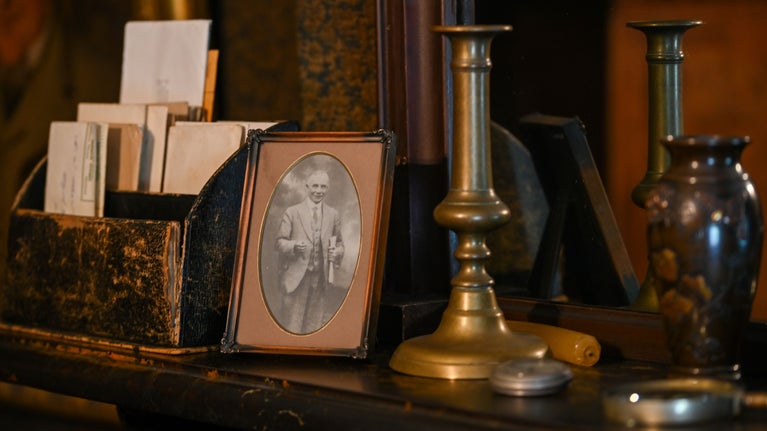
William Straw Sr died suddenly in 1932 and from that day little changed at number 7 Blyth Grove.
In a show of mourning and respect the family kept William’s personal belongings in place including his coats and hats. The 1932 calendar in the front room was never removed and William’s pipes and tobacco are still seen hanging by the fireplace in the dining room.
Life for the younger Straws changed forever when their mother died in 1939. William returned to the family home from London and he and Walter settled into a way of life that was not to change for the next 40 years.
Both brothers were pillars of the local community and every Sunday put on their blue suits and black bowler hats to sit in the same pew in nearby St John’s Church. This was followed by their Sunday routine of a walk up Market Street after lunch to check on the shop and their other properties in the town.
The brothers were keen gardeners and outside the garden and orchard remained lovingly tended. Walter specialised in cacti which he grew in his greenhouse in the back garden, and the orchard contained various fruit trees once used by the family to make preserves and other recipes.
Florence’s recipe collection, which can be purchased during your visit, contains a number of dishes to make use of the produce including apple pudding, apple jelly and apple chutney.
Both brothers were also interested in local history, with William being actively involved in the Thoroton Society, a Nottinghamshire historical and archaeological group.
The brothers had many past-times and interests, walking being one of them. In 1949 the House of Commons introduced a National Parks and Access to the Countryside Act, part of which was to give responsibility to each local council ‘to show upon all maps all footpaths, bridle paths and roads used as public paths therein’.
The Borough of Worksop formed a Public Rights of Way Committee holding their inaugural meeting on 19 February 1951 where it was decided that a team of volunteers would need to carry out the works. William Jr received a letter from the committee and a ‘green memorandum on the subject’ alongside a ‘typed schedule of information’ on 6 March 1951, the brothers were now part of the town’s new volunteer team.
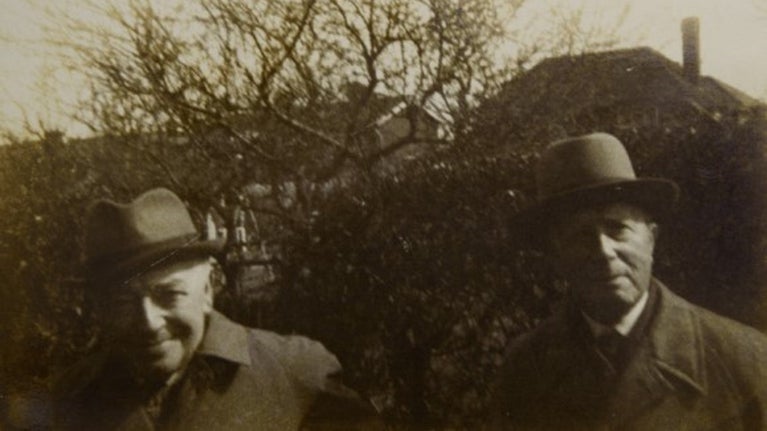
For more than 60 years, William and Walter threw little away and chose to live without many modern comforts taken for granted today. Walter died in 1976, leaving William Jr alone for the final 14 years of his life.
When William died in 1990 he left the contents of the house to the National Trust who then purchased the building to display the house as it had been left by the brothers.
Mr Straw's House provides and important social document summing up life in the Midlands of England in the mid-20th century.

Everyone needs nature, now more than ever. Donate today and you could help people and nature to thrive at the places we care for.
Meet the Straws; not hoarders, nor recluses - not even very odd - just people of their time, long after their time had passed.

Discover more about some of the collection highlights from Mr Straw’s House, a house frozen in time and containing a mix of treasured possessions and ordinary domestic items.
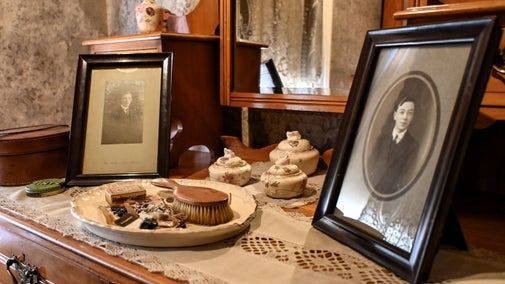
Find out about the great outdoors both near and far through the Straws’ love of cacti and homegrown produce, and their interest in walking through town and the local rights of way.
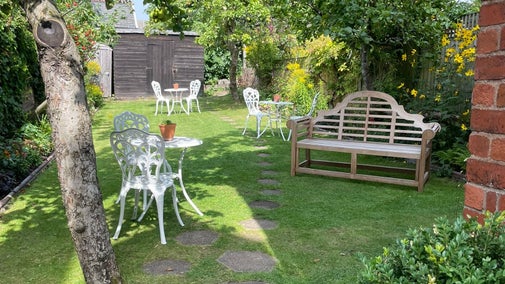
From daily cleans to deep cleans and knitted slippers to coal bags, find out how the team care for the 30,000 objects squeezed into this ordinary house, but extraordinary home.
